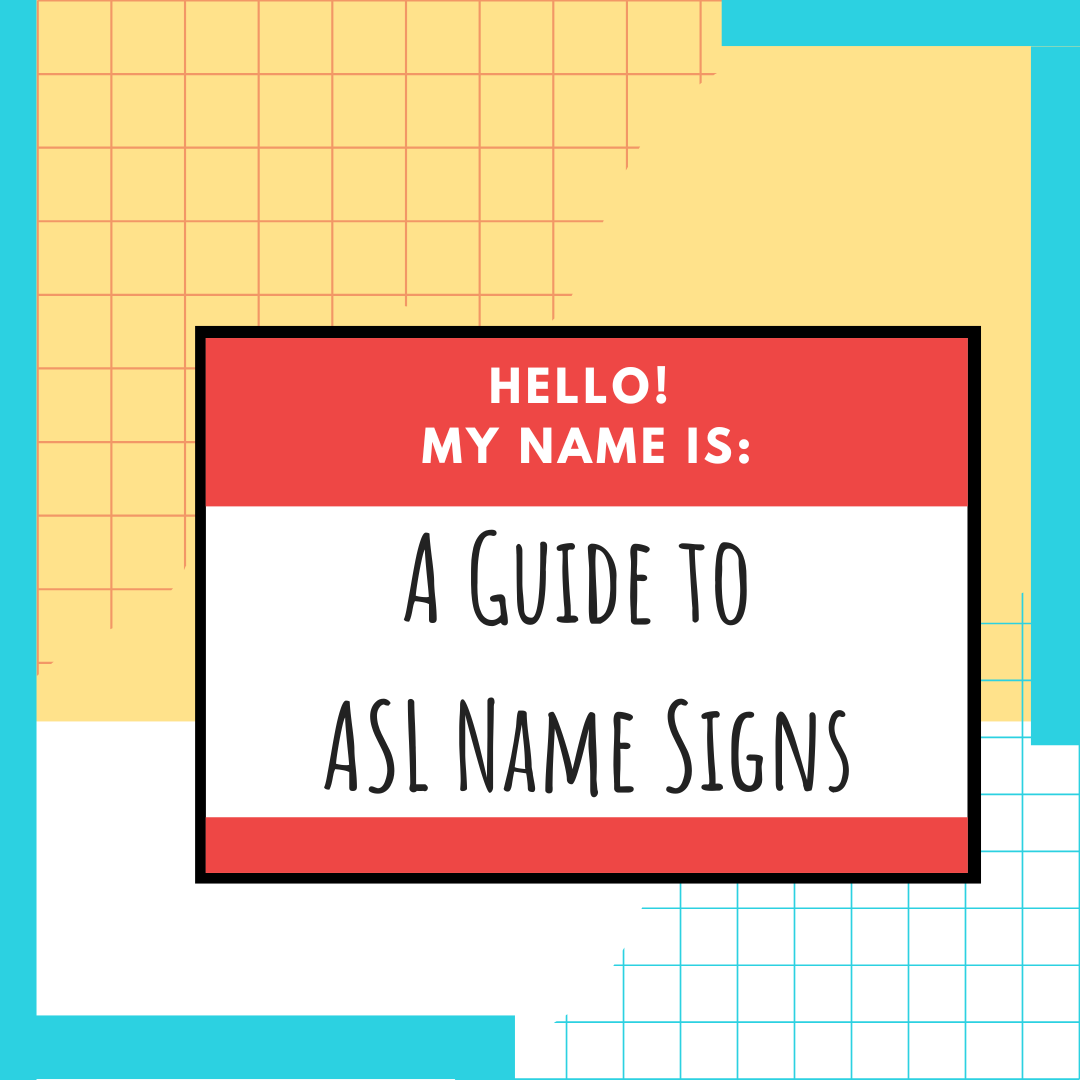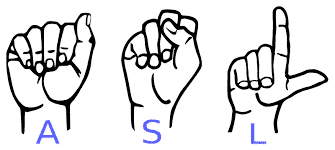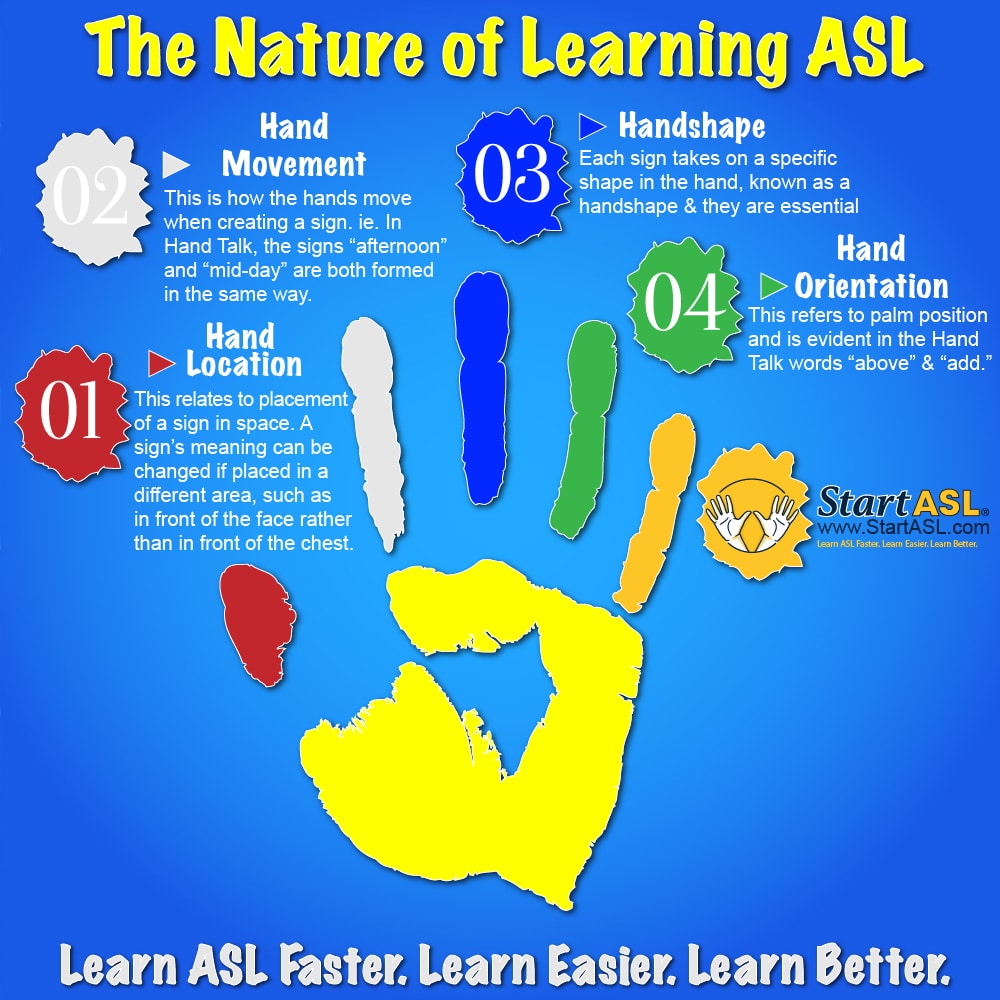
Hand Talk: The Native American Sign Language that Predated ASL

Hand Talk: The Native American Sign Language that Predated ASL
All humans have unique ways of communicating to navigate the world and interpret daily events. Although the spoken language is the most common way to do so, not all of us can use it. In addition, those who are Deaf or Hard of hearing (D/HoH) often find oral language extremely challenging to learn and use.
As a result, D/HoH people may become cut off from mainstream society and risk being marginalized. This occurs because hearing people who communicate through speech alone can’t interact effectively with the Deaf or Hard of Hearing. And a lack of accessibility that supports interaction between the two populations can create a serious communication gap.
The Importance of Sign Language in Human Interaction
Fortunately, the non-verbal medium of sign language exists to bridge this gap. Sign language is a form of visual communication that conveys information through movements of the hands, face, and body. More than 135 different sign languages, including American Sign Language ( ASL ), Australian Sign Language (Auslan), and British Sign Language (BSL) are used around the world.
Sign languages are typically the primary mode of communication for the Deaf and Hard-of-hearing community. But they offer many benefits to hearing people as well. Learning sign language is not only good for the brain but also improves communication skills and cultural awareness.
A major purpose of this article is to shed light on the history and nature of a specific type of sign language, Hand Talk. Other names for Hand Talk include Native American Sign Language (NASL), Plains Indian Sign Language (PISL), and Plains Sign Talk. Another goal is to stress the value of preserving Hand Talk so that future generations can appreciate it as a refined way of communicating and a beautiful cultural tradition.
The Nature of Hand Talk
Native American Sign Language, or Hand Talk, was developed centuries before ASL came into being. It possesses four essential parameters: hand location, hand movement, hand shape, and hand orientation:
- Hand Location: This relates to the placement of a sign in space. A sign’s meaning can be changed if placed in a different area, such as in front of the face rather than in front of the chest.
- Hand Movement: This involves how the hands move when creating a sign. For instance, in Hand Talk, the signs “afternoon” and “mid-day” are formed in the same way. The only difference is that mid-day is stationary, and afternoon moves from over the head to the side of the head in an arching motion.
- Handshape: Each sign takes on a specific shape in the hand, known as a handshape. The handshapes of signs are essential factors. For example, the signs for “yes” and “I know” are the same in all respects except for the handshape; in “yes” the hand makes the characteristic J shape, and in “I-know” the hand makes the L shape.
- Orientation: This refers to palm position and is evident in the Hand Talk words “above” and “add.” Both signs involve using the left hand to form a base, from which the right-hand rises, and both have identical locations, movements, and handshapes. However, when signing “above,” the non-dominant hand is placed palm down, and with “add” the non-dominant hand is palm up.
Other non-essential factors, such as facial expression, may also be involved. But these function as elements that are not predetermined by grammar or choice of vocabulary.
The History of Hand Talk Before ASL
Some experts believe that early humans used sign language long before spoken language evolved. Similarly, Native American tribes communicated using Hand Talk centuries before Europeans came to North America.
Hand Talk has a long and intriguing history. It’s one of the oldest, if not the oldest universal sign language on the planet. Some historians claim that the language has been around for millennia. And besides being an intertribal sign language used by many tribes, Hand Talk also served as a communication tool for Native Americans who were Deaf or Hard-of-hearing.
The first contact records between Europeans and native groups in present-day Texas and Mexico describe a highly developed indigenous sign language. It was already in use when European explorers first came to the New World in the 15th century.
At this time and for centuries before, the indigenous people of North America lacked a unified culture. Instead, hundreds of diverse ethnicities and tribes, each with its own language, social structure, and belief system were spread across the continent. When speakers of one language encountered those of another through commerce, councils, or conflict, the groups interacted through the lingua franca of Hand Talk or Native American Sign Language.
Hand Talk is a Universal Language
So, Hand Talk is a universal means of communication that was not specifically created for use by the Deaf and Hard of hearing. Instead, it’s a pidgin sign language devised by hearing Native Americans to facilitate cross-tribal interaction. Pidgin is a simplified language used to convey information between people who don’t share a common language. Hand Talk has never had native signers, but some Plains indigenous groups still use it today as a second language for storytelling.
While many dialects of Hand Talk exist, the language is essentially universal. And two-thirds of the tribes in the United States have used it for centuries. This allowed an indigenous population that spoke more than 500 different dialects to communicate with one another.
Hand Talk was employed mainly by the Plains Nations members for intertribal trade. However, it was widespread in what is now central Canada, the central and western US, and northern Mexico. It also served as a medium for daily interactions among D/HoH people and for storytelling, speech-making, hunting, and rituals. At one point, tens of thousands of indigenous people used Hand Talk daily.
Hand Talk’s Influence on ASL

No one individual can take credit for creating ASL. Its history reaches back to the early 19th century, when forms of signs developed in New England’s Deaf communities. And during the latter part of that century, Hand Talk influenced the formation of ASL, but historians largely ignore this fact.
Hand Talk has regional variations that exist all over North America. These include a northeastern variant that ranges across the present-day New England, upper Midwest, and Mid-Atlantic states. Researchers believe this variant of Hand Talk significantly impacted the development of ASL. This influence came about in the 19th century through the signing of Native American children who attended the American School for the Deaf in Hartford, Connecticut. An online video titled “The Hidden History of “Hand Talk” presents convincing evidence for Hand Talk’s influence on ASL and US culture.
The Decline of Hand Talk After ASL
However, despite its once-large number of users and powerful impact on ASL, Hand Talk is in decline. This effect is due to the widespread depopulation and Americanization of Indigenous North Americans over the past 200 years. For example, in 1885, roughly 110,000 Blackfoot, Cheyenne, Sioux, Kiowa, Arapaho, and other tribal peoples used Native American Sign Language or Hand Talk. But by the 1960s, only a fraction of this number remained. And in the 21st century, few active Hand Talk users exist.
Like the other indigenous languages of North America, Native American Sign Language is endangered. But while the number of fluent signers may be small, the language is still being used to varying degrees by some members of Siouan and Algonquian tribes.
The Importance of Studying and Preserving Hand Talk
In addition, activists like Deaf Cherokee researcher Dr. Melanie McKay-Cody of Arizona are working diligently to keep North American Hand Talk alive. Dr. McKay-Cody works with tribal groups to help them preserve their signed languages. She also advocates for Hand Talk to be incorporated into the mainstream education of Deaf and Hard of hearing students. It’s hoped that such efforts will help Hand Talk to live on. In this way, forthcoming generations can continue to use and enjoy the language and appreciate the rich cultural tradition from which it came.
Start Learning ASL Today!
 Ready to start learning real American Sign Language and not just basic signs? Do you want to be a part of the vibrant Deaf community? Check out our Free ASL 1 Course or our Complete 4-Level ASL Course options and start learning ASL today!
Ready to start learning real American Sign Language and not just basic signs? Do you want to be a part of the vibrant Deaf community? Check out our Free ASL 1 Course or our Complete 4-Level ASL Course options and start learning ASL today!










One Response
Very interesting article from an American historical point of view. Native American history is always fascinating because it represents our human origins here in Northern America. I have always wondered what language would have made united them. Thank you for the post.